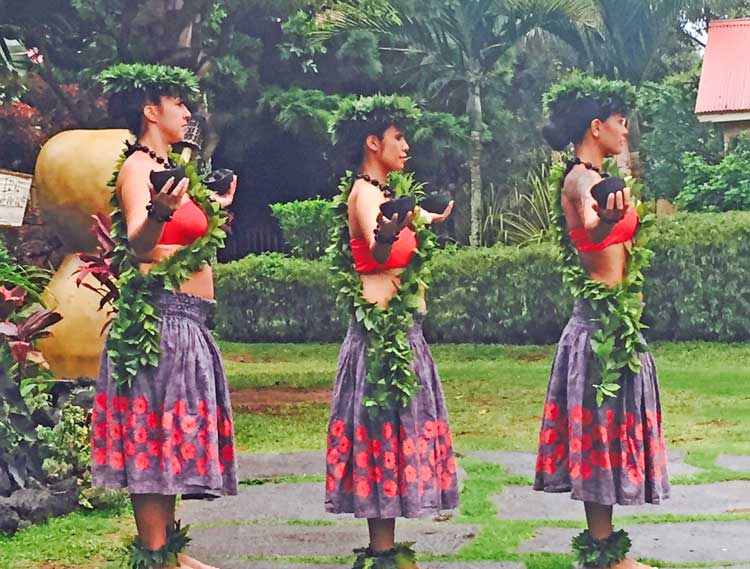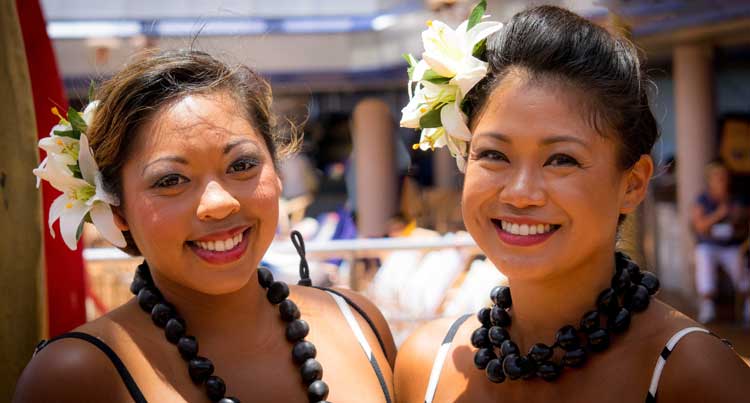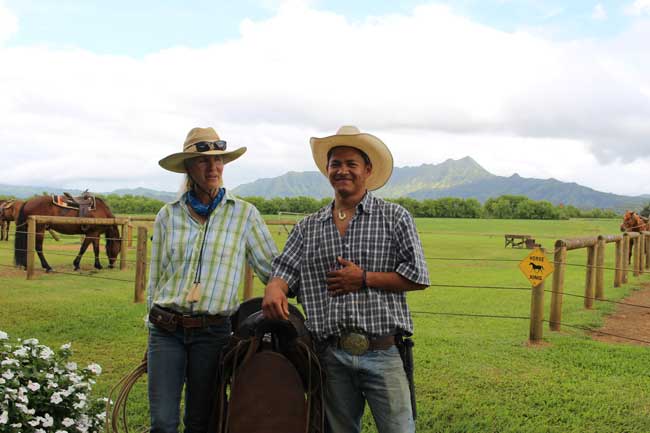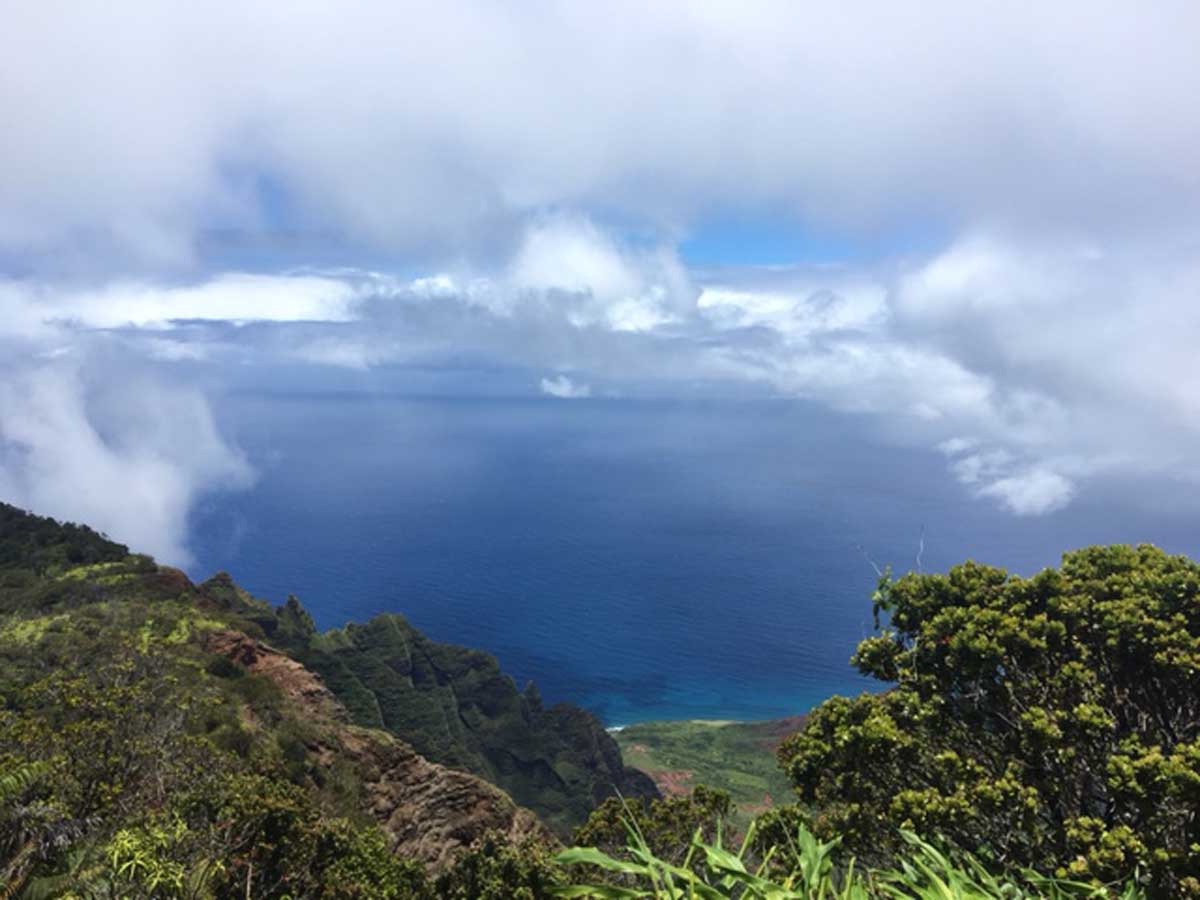

Aloha. It’s often the first word you hear when deplaning in Hawaii. It’s a charming way to be welcomed, especially when it’s accompanied by the gift of a lei. But in Hawaiian culture, aloha is more than just a friendly greeting. It’s a way of life.
Hawaiian Maleko Lorenzo explains it this way, “Aloha is love, happiness and being a good person. Sincere and spiritual, giving up for others must come from the heart. Respect and love grow from that.”
On a recent trip to Maui, I explored aloha’s meanings. I discovered that locals express aloha not just in their daily lives, but with their traditions. Take hula for example. It is more than just undulating gestures and chants. It tells a story. (See video: Authentic Hawaiian culture in Maui)

Before Hawaiians had a written language, dances and chants related history, tradition and culture. Author Paul Theroux says hula is aloha in action by portraying love, respect and understanding. Its mele (songs) and oli (chants) also convey stories.
It hasn’t been easy for Hawaiians to maintain their way of life. When missionaries came around 1820, they did their best to stifle the Hawaiian language. Oral stories and songs passed down through the generations helped to preserve Hawaiian history and culture.
Hawaiian Language
After Queen Lili`uokalani, the last reigning Hawaiian monarch, was overthrown by the Americans in 1893, Hawaiian culture was endangered. Three years later, the Hawaiian language was banned in schools. It wasn’t until 1986 that the prohibition was lifted. Today, the Hawaiian language is again taught in schools.
As a visitor, you may not hear full conversations in the Hawaiian language, but it’s a vibrant part of the culture. Most Hawaiian music is in the Hawaiian language, and music is an important part of life on the islands.
You’ll hear Hawaiian music on the radio, in restaurants and performed by live local bands, such as this beautiful piece: Hāwane Rios – Poliʻahu I Ke Kapu.

The Hawaiian language has 13 letters, and sounds melodic to the ears. Many street names are in Hawaiian. Many commonly used Hawaiian words have become part of everyday spoken English in Hawaii.
The film, “Then There Were None,” chronicles Hawaiian history. It is shown at the Ritz-Carlton on Maui every Friday morning, from 9:30 to 11 am. It answers many questions you may have about the Hawaiian culture.
What is Hawaiian Pidgin?
A third language is often heard in the Hawaiian Islands — Hawaiian Pidgin. This unique English creole was created in the 1850s in Maui among the immigrant workers who came to work the sugar cane fields. Immigrants came from China, Portugal and Japan, among others. Many who came to work in the islands knew no English.
Over time, the group of immigrants came up with a common language that is today known as Hawaiian pidgin. Although English and Hawaiian are the official languages of the state of Hawaii, many speak pidgin in everyday conversation. Listen to local advertising, and you’ll hear smatterings of it.

The early immigrants to Hawaii also shared many values that are still a part of Hawaiian society today. For example, elders and family are extremely important. Locals often greet their elders with a honi or kiss usually on the top of the forehead to say hello or goodbye.
What is a Lei?
One day, I spend time with Ka’anapali Beach Hotel guide, Kongbay Moua. He points out ancient burial grounds as we walk along the hotel’s soft sands. Soon our conversation focuses on the tradition of the lei.
“It is just not a flowered necklace,” he tells me, “but more like a ring of light, a sign of affection and a gift of aloha.”
Ka’anapali Beach Hotel offers lei making classes. Orchids and jasmine are strewn over the table. The delightful aroma of jasmine permeates the air around me. I learn that leis are created using a long-threaded needle that has a tiny hook at the end. The flowers are hooked on the string and pulled through the needle until enough are threaded to form a lovely flowered circle.
On another day, I speak with Clifford J. Nae’ole, the Ritz Carlton Hotel’s cultural adviser about aloha. He is patient, listens and like most Hawaiians, exudes a friendly warmth.

A former paniolo (Hawaiian cowboy), Nae’ole didn’t realize the importance of his Hawaiian roots until he spent some time on the mainland. Now Nae’ole believes it is more important to practice spirituality than adhere to religious customs. He tells me that now his church is nature instead of a building encased with stained-glass windows.
To him, aloha is the Golden Rule. It is about how fulfilled you are. He thinks of himself as a voyageur to aloha.
Another Hawaiian, Ho-Onui Villarmo, tells me, “Aloha means you don’t want to keep the negative. Nobody has time to bring in the negative. Bring your troubles to the ocean and leave them there. When the sun goes down, it takes everything away.” (Oh, if it were that easy for those of us that have not fully embraced aloha.)
“Inner peace is what makes it all good. It is true friendliness,” he adds.

To foster trust, love and appreciation with the earth radiates positive energy. What a wonderful philosophy. If more of us thought this way, there would be more harmony in the world.
So, on your visit to Hawaii, be dazzled with its beautiful beaches, but just don’t soak up the rays. Talk to the people who call these beautiful islands home. Take time to listen to their stories. Ask questions and learn. Find out about their way of life. You will likely come away with a better appreciation of these lovely people. It just might encourage you to embrace aloha.
- Life of a Champion: Exploring the Muhammad Ali Center in Louisville - April 19, 2024
- What It’s Like to Live as an Expat: Lake Chapala, Mexico - April 18, 2024
- Top 5 Spots for Stargazing in North Carolina - April 17, 2024
